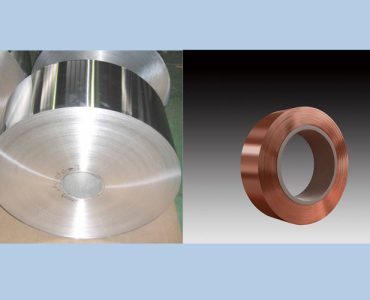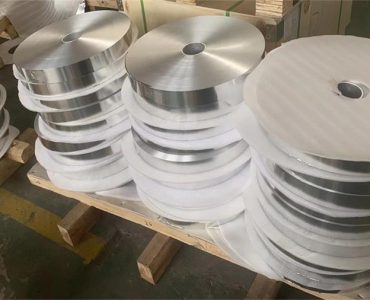The aluminum strip industry is continuously evolving, driven by innovation and technological advancements. Here are some of the latest trends and innovations shaping the world of aluminum strip:
1. Nanotechnology in Aluminum Alloy Development:
Researchers are exploring the integration of nanotechnology in aluminum alloy development. By incorporating nano-sized particles into the alloy matrix, properties such as strength, conductivity, and corrosion resistance can be significantly enhanced. These advanced alloys open up new possibilities for lightweight and high-performance aluminum strips in various applications.
2. High-Strength Aluminum Alloys:
The demand for high-strength aluminum strips has led to the development of advanced alloys with exceptional mechanical properties. These alloys offer increased strength while maintaining the benefits of aluminum, making them ideal for structural and load-bearing applications in industries such as aerospace and automotive.
3. Customized Surface Coatings:
To meet specific application needs, manufacturers are focusing on customized surface coatings for aluminum strips. These coatings provide additional protection against corrosion, improve adhesion for paint or adhesive bonding, and enhance surface aesthetics.
4. Additive Manufacturing of Aluminum Strips:
Additive manufacturing, also known as 3D printing, is gaining traction in the production of complex aluminum strip components. This cutting-edge technology allows for rapid prototyping and the creation of intricate designs with greater efficiency and reduced material waste.
5. Recycling and Sustainability Initiatives:
The aluminum industry is placing increasing emphasis on recycling and sustainability initiatives. Manufacturers are developing innovative recycling processes to reclaim aluminum scrap and production waste, reducing the environmental impact and promoting the circular economy.
6. Lightweighting in Automotive Industry:
As the automotive industry prioritizes fuel efficiency and emissions reduction, there is a growing demand for lightweight materials, including aluminum strips, in vehicle construction. Aluminum’s high strength-to-weight ratio makes it a preferred choice to replace heavier materials, leading to improved fuel economy.
7. Smart Manufacturing and Industry 4.0 Integration:
To enhance production efficiency and product quality, manufacturers are embracing smart manufacturing and integrating Industry 4.0 technologies. Automation, real-time data analytics, and predictive maintenance are being employed to optimize the aluminum strip production process.
8. Enhanced Quality Control and Testing Methods:
Advancements in non-destructive testing methods, such as ultrasonic testing and laser inspection, are improving quality control processes in aluminum strip manufacturing. These methods enable faster and more accurate detection of defects, ensuring higher product reliability.
9. Aluminum Strips for Battery Technology:
The growing electric vehicle market and energy storage applications are driving research into specialized aluminum strips for battery technology. High-conductivity aluminum strips are being developed to improve energy efficiency and battery performance.
Conclusion:
The aluminum strip industry is witnessing a wave of innovation and trends, aimed at producing high-performance, sustainable, and cost-effective solutions. From nanotechnology-driven alloys to lightweighting in automotive and battery applications, these advancements are reshaping the way aluminum strips are manufactured and used across various industries. As research and development continue, the future promises even more exciting possibilities for aluminum strip technology.



